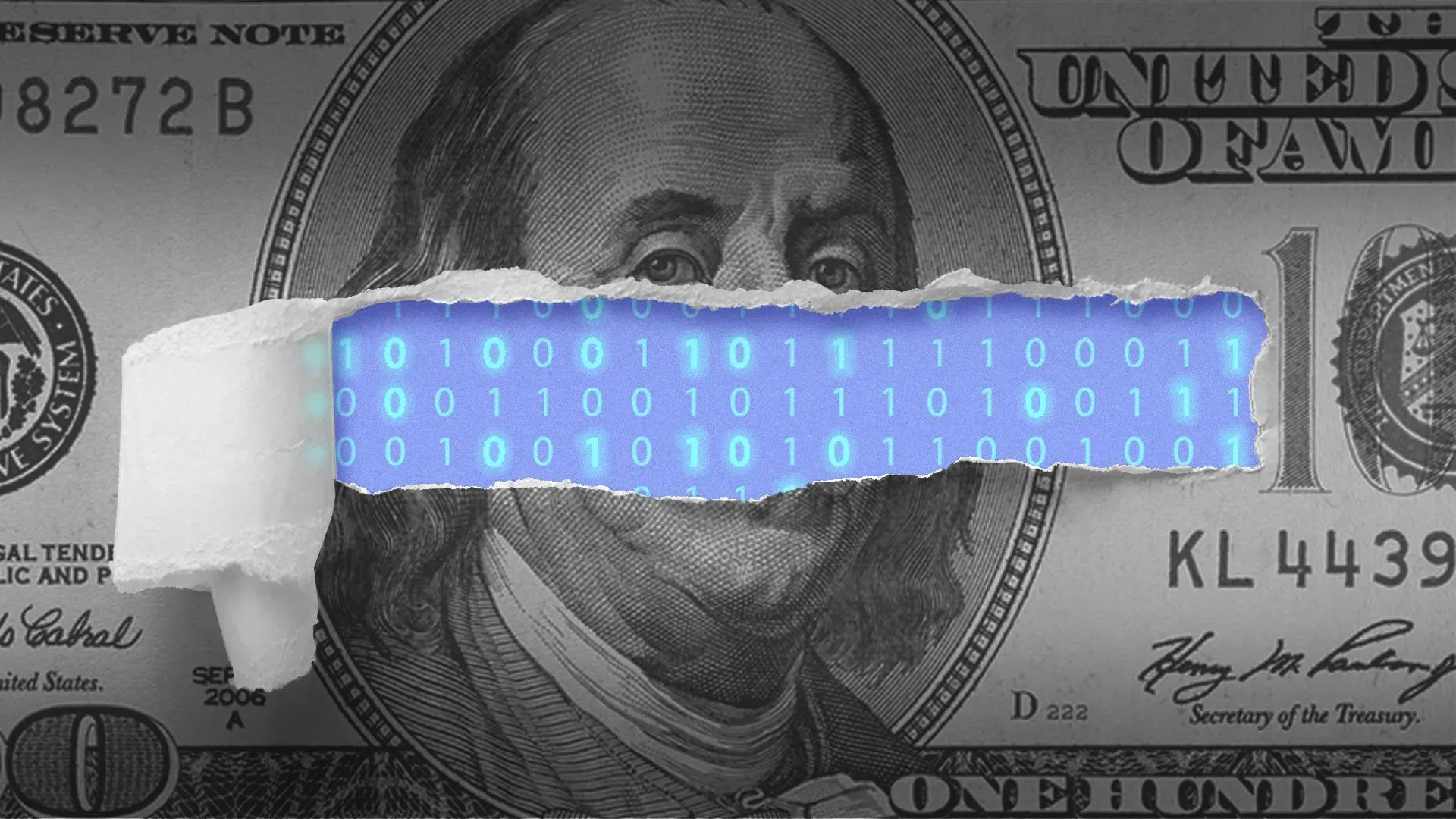It is with great apprehension that the Federal Reserve Governor, Michelle Bowman, expressed her view that a digital U.S. dollar cannot be ruled out and pointed to the multiple risks that could result from such a system.
A central bank digital currency (CBDC) could be disruptive to the banking system, impinge more on the privacy of consumers, and endanger the integrity of the financial system altogether while providing consumers with few benefits that they would not be able to obtain otherwise, according to Bowman.
In prepared remarks at Georgetown University, she said, "We must ensure that consumer data privacy protections that are embedded in today's payment systems continue and are extended to future systems" after the announcement was made.
In addition to this, Bowman further noted that a CBDC had the potential to provide both a window into, as well as a potential impediment to, the freedom Americans currently enjoy in selecting which ways to invest and spend their money."
The Federal Reserve has been studying the possibility of implementing its own cryptocurrency for a few years, in line with the efforts of a few other central banks. Several pros and cons were discussed in a 2022 study, but there was no conclusion drawn during the study.
It was Bowman's position that she addressed most of the common arguments in her remarks — in particular, how a CBDC could provide opportunities for people who are unable to access traditional banking, as well as the importance of catching up to the Fed's global counterparts who have already embraced digital currencies. As an example, there is a product in place created by the People's Bank of China, for instance.
There were, however, a lot of counterarguments that were noted in the speech. According to her information, less than 5% of American households do not have a checking or savings account, with the majority of those who do not have an account being voluntarily unbanked.
Bowman found that about a third chose not to get a bank account because they didn't trust banks. "I suspect these people will find the government less trustworthy than highly regulated banks," he said.
As well, she mentioned that CBDCs could serve as a foundation for banks to build their own products and that they might also be used for international payments and for certain financial market transactions.
A Fed digital dollar with interest could, however, cause harm to banks, limiting their lending capacity.
Her view was that it was not necessary to have a digital currency as a means of supporting the dollar, as she said that the dollar is valued due to a number of factors including the strength of U.S. institutions and the commitment it has to the rule of law. None of these factors would be strengthened by a digital currency issued by a central bank.
I find it very difficult to envision a world in which the tradeoffs between benefits and unintended consequences would justify a direct access CBDC for use outside of interbank and wholesale transactions when it comes to some of the broader design and policy issues, particularly those related to consumer privacy and the impact on the banking system.
It seems that Bowman, along with other Fed officials, also thinks that the looming implementation of the FedNow payment system will help to address a number of the concerns raised by promoters of digital currencies at central banks. It is expected that the system will be launched in July of this year.
Lael Brainard, a former governor of the Federal Reserve and current director of the National Economic Council, is perhaps the CBDC's biggest Fed advocate, who left the central bank in May.

Subscribe to our newsletter!
As a leading independent research provider, TradeAlgo keeps you connected from anywhere.








